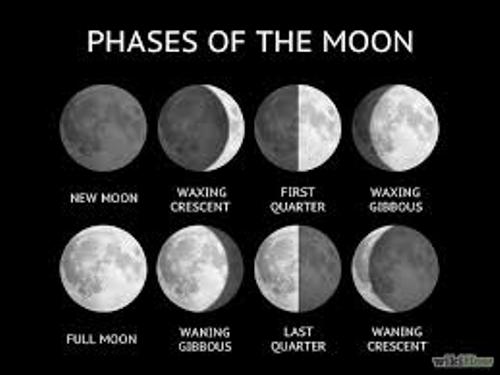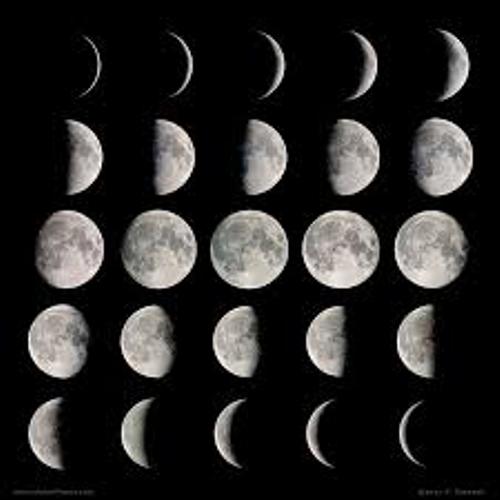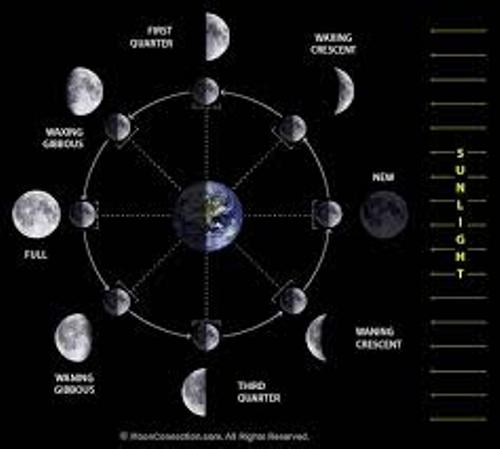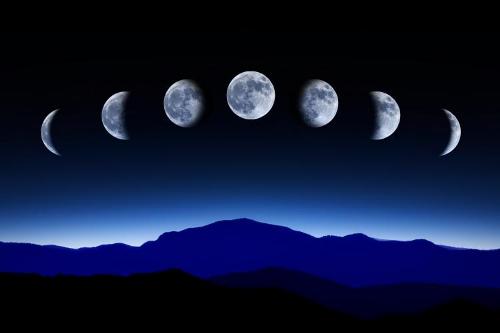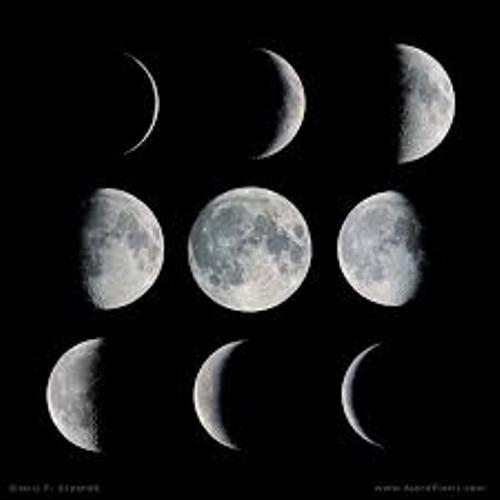10 Interesting the Moon Phases Facts
Find out the Moon Phases facts in the below post. They show you about the shapes of the sunlit portion or illuminated portion of the moon when it is viewed by the people from earth. The phases occur because the position of Moon changes since it orbits the moon. The position of Moon and Sun relative to the earth will affect the phases of Moon. Here are other interesting facts about the Moon Phases:
The Moon Phases Facts 1: the gravity of earth
The gravity of earth will lock the rotation of moon tidally. That’s why the similar surface of moon is always facing the earth.
The Moon Phases Facts 2: the sunlit
The position of moon and its orbit will determine the sunlit face of the moon. That’s why the position of the observers on earth will affect their view toward the face of the moon. The face of the moon can be varied about 0 percent surface or new moon to 100 percent moon surface called full moon.
The Moon Phases Facts 3: the phases of moon
Moon has eight phases. The first one is the new moon. During the phases, the observers from earth may not be able to see the moon because of the unlit half surface of the moon. The position of the moon during the new moon is between the Sun and Earth. Get facts about the first moon landing here.
The Moon Phases Facts 4: the waxing crescent moon
The next moon phase is called the waxing crescent moon. The name is derived from the shape of the moon which reminds the people with the look with a crescent. It is mostly spotted at the west.
The Moon Phases Facts 5: a half moon
A half moon is also called as the first quarter moon. It occurs after the moon has the waxing crescent phase. This phase takes place due to the half lit portion of the moon.
The Moon Phases Facts 6: waxing gibbous moon
When the lit portion of moon is more than a half, it has the waxing gibbous phase.
The Moon Phases Facts 7: the full moon
When the entire surface of moon is lit, the full moon phase is seen.
The Moon Phases Facts 8: the lunar and solar eclipse
The lunar eclipse always occurs at full moon. on the other hand, the solar eclipse occurs at new moon.
The Moon Phases Facts 9: other phases
Other phases of moon include the waning gibbous moon, the last quarter moon and waning crescent moon. Get facts about moon here.
The Moon Phases Facts 10: cycle
It will take 29.53 days for a cycle of a moon’s phase.
Are you interested reading facts about the moon phases?
